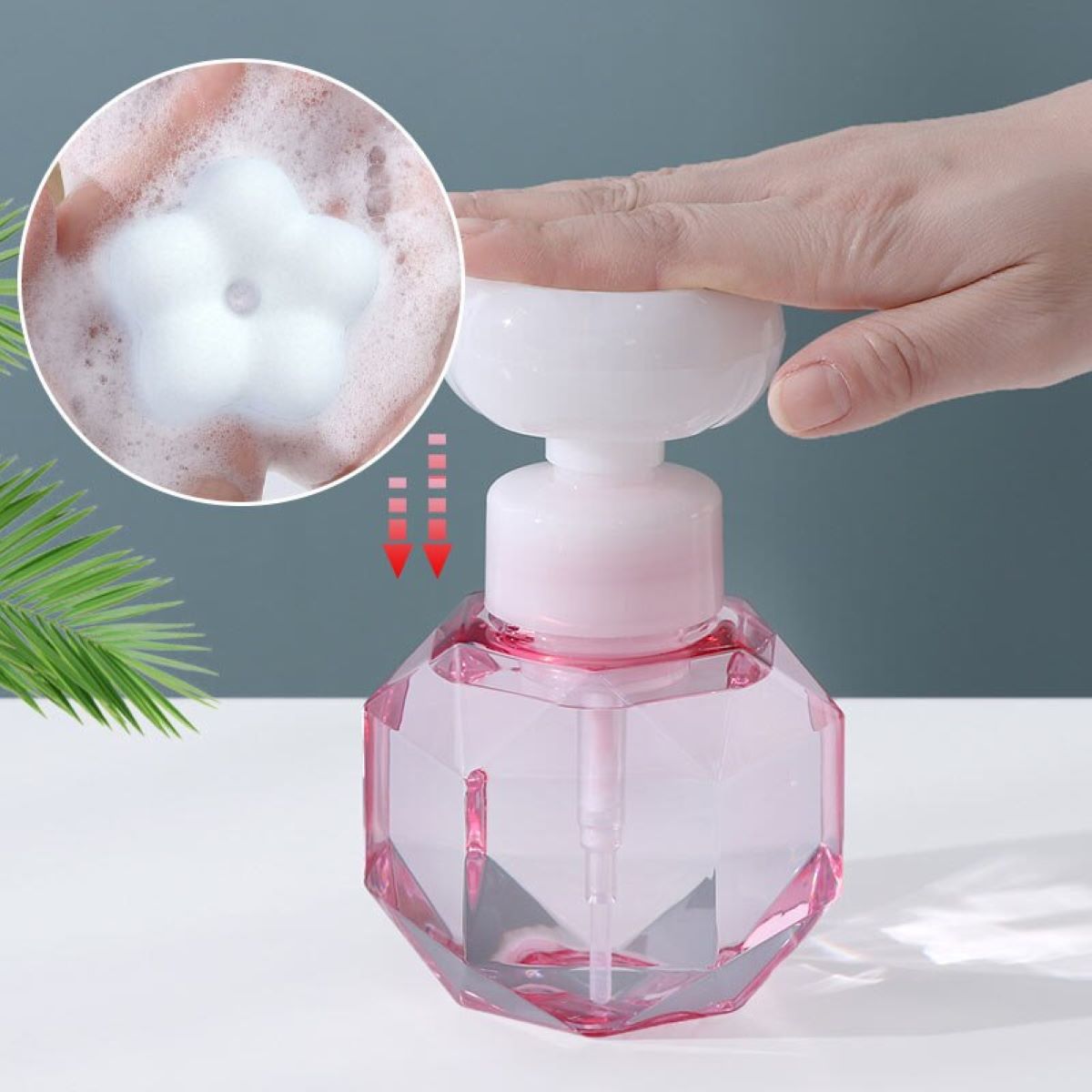

Articles
How Does Foam Soap Dispenser Work
Modified: May 6, 2024
Discover how foam soap dispensers work and the benefits they offer. Read informative articles that explain the science behind this innovative technology.
(Many of the links in this article redirect to a specific reviewed product. Your purchase of these products through affiliate links helps to generate commission for Storables.com, at no extra cost. Learn more)
Introduction
Foam soap dispensers have become increasingly popular in recent years due to their convenience, efficiency, and effectiveness. These innovative devices revolutionize the way we clean our hands by creating a rich, foamy lather that offers a more enjoyable and hygienic handwashing experience. But how exactly do foam soap dispensers work? In this article, we will delve into the inner workings of foam soap dispensers, exploring their components and providing insights into their functionality.
Ever since the discovery of the importance of hand hygiene, soap has been an essential component in maintaining cleanliness and preventing the spread of germs and bacteria. Traditional liquid soap dispensers have served this purpose for decades, but they often come with some drawbacks such as messiness, clogging, and excessive use of soap.
That’s where foam soap dispensers come in. These handy devices use a special mechanism to transform liquid soap into foam, providing several advantages over traditional dispensers. The foam texture allows for easier dispensing and thorough coverage of hands, reducing soap waste and creating a more enjoyable user experience.
So, let’s dive deeper into the intriguing world of foam soap dispensers and explore how they work.
Key Takeaways:
- Foam soap dispensers work by infusing air into liquid soap, creating a rich foam for efficient and enjoyable handwashing. They offer enhanced hygiene, reduced soap usage, and a pleasant user experience.
- To maximize the benefits of foam soap dispensers, choose the right soap, dispense an adequate amount of foam, and maintain and clean the dispenser regularly. Consider eco-friendly options for sustainability.
Read more: How Does A Soap Dispenser Work
What is a Foam Soap Dispenser?
A foam soap dispenser is a device designed to dispense liquid soap in the form of foam. It typically consists of a container, a pump mechanism, and a nozzle. The container holds the liquid soap, while the pump mechanism draws the soap from the container and mixes it with air to create a rich foam. The foam is then dispensed through the nozzle, allowing for easy application onto the hands.
One of the key features of a foam soap dispenser is its ability to create foam by infusing air into the liquid soap. This process is achieved through a special aerating mechanism within the device. When you press the pump, air is mixed with the liquid soap, creating a bubbly and voluminous foam that spreads easily across the hands.
Foam soap dispensers are available in various sizes and styles, ranging from small portable units for personal use to larger models suitable for commercial settings. They can be found in bathrooms, kitchens, offices, hospitals, restaurants, and other public places where hand hygiene is crucial.
It’s important to note that foam soap dispensers are not just limited to liquid hand soap. They can also be filled with other liquid cleansers, such as facial cleansers, body washes, or even dish soap. The versatility of foam soap dispensers makes them a popular choice for individuals and businesses looking for a convenient and efficient way to dispense soap.
Overall, foam soap dispensers offer a modern and effective method of delivering soap to the hands. Their ability to transform liquid soap into foam not only enhances the handwashing experience but also helps to reduce soap wastage and promote better hygiene practices.
Components of a Foam Soap Dispenser
A foam soap dispenser may appear simple on the surface, but it consists of several key components that work together to deliver that luxurious foam. Let’s take a closer look at the main components of a foam soap dispenser:
- Container: The container is where the liquid soap is stored. It can be made of various materials such as plastic, glass, or stainless steel. The container is typically refillable and can hold a significant amount of soap to minimize the need for frequent refills.
- Pump Mechanism: The pump mechanism is responsible for drawing the liquid soap from the container and forcing it through the aerating mechanism. This mechanism incorporates air into the soap, transforming it into a foam. The pump mechanism is usually activated by pressing down on a lever or button.
- Aerating Mechanism: The aerating mechanism is the heart of the foam soap dispenser. It consists of small air intakes or vents that allow air to flow into the soap stream as it is being dispensed. The mixing of air and soap creates bubbles and froth, resulting in a thick and fluffy foam.
- Nozzle: The nozzle is the outlet through which the foam is dispensed. It is designed to deliver the foam in a controlled and even manner, ensuring that it covers the hands effectively. Some foam soap dispensers have adjustable nozzles that allow users to customize the size or pattern of the foam stream.
- Sealing Mechanism: Foam soap dispensers often come with a sealing mechanism to prevent leakage or spills. This mechanism ensures that the soap remains securely stored in the container when the dispenser is not in use. It also helps to maintain the consistency and quality of the foam over time.
These components work together seamlessly to create the foaming action of a foam soap dispenser. The container holds the liquid soap, the pump mechanism draws the soap and mixes it with air in the aerating mechanism, and the foam is then dispensed through the nozzle. The sealing mechanism ensures that the soap remains secure and ready for use.
Overall, the components of a foam soap dispenser are designed to offer convenience, efficiency, and a delightful handwashing experience. By understanding how each component contributes to the functionality of the dispenser, users can maximize its benefits and enjoy the luxurious foam every time they wash their hands.
How Does a Foam Soap Dispenser Work?
A foam soap dispenser works through a combination of air infusion and pumping action. Let’s dive into the step-by-step process of how a foam soap dispenser creates that rich, foamy lather:
- Filling the Container: To begin, the container of the foam soap dispenser is filled with liquid soap. It’s important to use a liquid soap specifically designed for foam dispensers, as regular liquid soaps may not produce optimal results.
- Aerating the Soap: When the pump mechanism is pressed, it draws the liquid soap from the container. As the soap passes through the pump, it encounters the aerating mechanism. This mechanism incorporates air into the soap stream, creating bubbles and froth.
- Transforming into Foam: The soap and air mixture then moves through the nozzle of the dispenser. As it passes through the nozzle, the pressure and turbulence cause the dramatic transformation into thick, luxurious foam. The foam is dispensed onto the hands in a controlled and even manner.
- Proper Handwashing Technique: Once the foam is dispensed, users should rub their hands together, ensuring thorough coverage of all surfaces for at least 20 seconds. This allows the soap to effectively clean the hands and remove dirt, germs, and bacteria.
- Effective Rinsing: After sufficient scrubbing, the foam soap should be rinsed off with water. The foam easily rinses away, leaving the hands feeling clean and refreshed.
The unique design of the foam soap dispenser, with its aerating mechanism and precise pump action, results in the creation of foam that is more voluminous and longer-lasting compared to traditional liquid soap. The foam spreads easily across the hands, ensuring thorough coverage and an enhanced handwashing experience.
One of the notable advantages of foam soap dispensers is their ability to deliver a reduced amount of soap per pump, compared to traditional liquid soap dispensers. The foam texture allows for effective handwashing using less soap, which not only saves money but also reduces waste and promotes eco-friendly practices.
In summary, a foam soap dispenser works by drawing liquid soap from a container, incorporating air into the soap stream through the aerating mechanism, and transforming it into a dense, foamy lather. This process ensures efficient and enjoyable handwashing, making foam soap dispensers a popular choice for both personal and public hygiene needs.
When using a foam soap dispenser, make sure to press the pump gently to release the foam. Avoid pressing too hard, as this can cause the dispenser to malfunction or dispense too much soap.
Advantages of Using Foam Soap Dispensers
Foam soap dispensers offer several advantages over traditional liquid soap dispensers. Let’s explore some of the key benefits of using foam soap dispensers:
- Enhanced Hygiene: Foam soap dispensers provide a more effective and hygienic way of washing hands. The foam texture allows for better coverage and adherence to the skin, ensuring that all surfaces of the hands are properly cleaned. It helps to remove dirt, germs, and bacteria, reducing the risk of infections and illnesses.
- Reduced Soap Usage: Foam soap dispensers help to reduce soap waste. The aerating mechanism in the dispenser allows for the creation of a luxurious foam using a smaller quantity of liquid soap. This means that less soap is used per pump, leading to cost savings and a longer-lasting supply of soap.
- Mess-Free Operation: Foam soap dispensers eliminate many of the spills and mess associated with traditional liquid soap dispensers. The foam is pre-lathered, reducing the chances of dripping or splattering soap onto the countertop or sink. This keeps the surrounding area clean and tidy.
- Quicker Lathering: Foam soap dispensers offer faster lathering compared to traditional liquid soap. With just a single pump, the dispenser delivers a ready-to-use foam that is instantly available for handwashing. This efficiency is especially important in high-traffic spaces where multiple people need to wash their hands quickly.
- Pleasant User Experience: Foam soap dispensers provide a luxurious and enjoyable handwashing experience. The soft, velvety foam feels gentle and soothing on the skin. The foaming action creates a sensory experience that is appealing to both children and adults, making handwashing a more enjoyable task.
- Versatile Applications: Foam soap dispensers are not limited to handwashing alone. They can be filled with various liquid cleansers such as facial cleansers, body washes, or even dish soap. This versatility makes foam soap dispensers useful in bathrooms, kitchens, offices, and other areas where different types of cleansers are needed.
Overall, foam soap dispensers offer numerous advantages that contribute to better hand hygiene practices, cost savings, and an improved user experience. Their efficient foam delivery, reduced soap usage, and mess-free operation make them a practical and appealing choice for individuals, families, and businesses alike.
Read more: How Does The Dishwasher Soap Dispenser Work
Disadvantages of Using Foam Soap Dispensers
While foam soap dispensers offer many advantages, it’s important to consider their potential disadvantages as well. Let’s explore some of the drawbacks of using foam soap dispensers:
- Higher Initial Cost: Foam soap dispensers may have a higher upfront cost compared to traditional liquid soap dispensers. They often require specialized containers and pump mechanisms designed to create foam. However, it’s important to note that over time, the cost savings from reduced soap usage may offset this initial investment.
- Dependency on Specialized Refills: Foam soap dispensers typically require specific foam soap refills, which may not be as readily available or cost-effective as regular liquid soaps. Users may need to purchase specialized refills or cartridges, limiting their choices of soap brand or scent.
- Environmental Concerns: Foam soap dispensers may contribute to plastic waste. Some foam soap dispensers are designed for single-use cartridges, which can generate more plastic waste compared to refillable containers. However, eco-friendly options and refillable foam soap dispensers are available to address these concerns.
- Potential Clogging: Foam soap dispensers can sometimes experience clogs due to the thicker consistency of foam soap. This can lead to reduced or inconsistent foam output and require regular maintenance to ensure smooth operation. Proper cleaning and periodic flushing of the dispenser can help prevent clogging issues.
- Less Control over Soap Concentration: With foam soap dispensers, users have less control over the concentration of soap compared to traditional liquid soap. The ratio of soap to air in the foam is pre-determined by the dispenser, so users cannot adjust the soap concentration to their preference.
- Slightly Longer Dispensing Time: Foam soap dispensers may require a slightly longer pressing time compared to traditional liquid soap dispensers. This is because the pump mechanism needs to draw the liquid soap, mix it with air, and transform it into foam before dispensing. However, this slight delay is often offset by the convenience and enjoyment of using foam soap.
It’s important to weigh these potential disadvantages against the benefits when considering the use of foam soap dispensers. While they may have some limitations, the overall advantages in terms of hygiene, reduced soap usage, and user experience often outweigh these drawbacks.
By understanding both the advantages and disadvantages, individuals and businesses can make informed decisions about whether foam soap dispensers are the right choice for their specific needs and requirements.
Tips for Using Foam Soap Dispensers
To ensure optimal performance and maximize the benefits of foam soap dispensers, here are some helpful tips to keep in mind:
- Choose the Right Soap: Select foam soap that is specifically designed for foam soap dispensers. Regular liquid soaps may not produce the desired foam consistency. Look for soap refills or cartridges that are compatible with your dispenser model.
- Properly Fill the Container: When refilling the foam soap dispenser, avoid overfilling or underfilling the container. Both scenarios can affect the performance of the dispenser. Follow the manufacturer’s guidelines for the recommended soap level.
- Prime the Dispenser: If you are using a new foam soap dispenser or have not used it for a while, it may require priming to remove any air bubbles in the pump mechanism. To prime the dispenser, pump the soap a few times into a sink until a consistent foam is produced.
- Dispense an Adequate Amount: It’s important to dispense enough foam to thoroughly cover your hands. Start with a single pump and adjust accordingly based on your hand size and the amount of dirt or grime on your hands. Avoid dispensing an excessive amount of foam to prevent waste.
- Rub Hands Thoroughly: When using foam soap, make sure to rub your hands together, including the backs of your hands, in between fingers, and under nails. This helps to ensure even coverage and effective cleansing. Follow the recommended handwashing guidelines of at least 20 seconds of scrubbing.
- Rinse Well: After lathering with foam soap, rinse your hands thoroughly with water to remove all traces of soap. Proper rinsing helps to eliminate any residual soap on your skin and leaves your hands feeling clean and refreshed.
- Maintain and Clean Regularly: To keep your foam soap dispenser in optimal condition, clean it regularly. Follow the manufacturer’s instructions for disassembly and cleaning. Pay attention to the nozzle and pump mechanism, as they can sometimes get clogged or dirty with soap residue.
- Consider Environmentally Friendly Options: If you are concerned about plastic waste, look for foam soap dispensers that offer eco-friendly refill options or reusable containers. This reduces the environmental impact and promotes sustainability.
- Provide Clear Instructions: When using foam soap dispensers in public or shared spaces, provide clear instructions on how to properly use the dispenser. This can include visual cues, such as icons or labels, to ensure that users dispense the right amount of foam and follow proper handwashing techniques.
By following these tips, you can optimize the use of your foam soap dispenser and enjoy its benefits of enhanced hand hygiene, cost savings, and a delightful handwashing experience.
Conclusion
Foam soap dispensers offer a convenient, hygienic, and enjoyable way to maintain hand cleanliness. By transforming liquid soap into a rich foam, these dispensers enhance the handwashing experience while reducing soap waste. The components of a foam soap dispenser, including the container, pump mechanism, aerating mechanism, nozzle, and sealing mechanism, work together to deliver a luxurious foam lather.
Using foam soap dispensers provides several advantages, such as enhanced hygiene through better coverage and adherence, reduced soap usage, mess-free operation, quicker lathering, a pleasant user experience, and versatile applications beyond handwashing. However, it is important to consider potential disadvantages such as higher initial cost, dependency on specialized refills, potential environmental concerns, clogging issues, less control over soap concentration, and slightly longer dispensing time.
To make the most of using foam soap dispensers, it is recommended to choose the right soap refill, properly fill the container, prime the dispenser when necessary, dispense an adequate amount of foam, rub hands thoroughly, rinse well, maintain and clean the dispenser regularly, consider eco-friendly options, and provide clear instructions for users in public spaces.
In conclusion, foam soap dispensers offer a modern and efficient solution for hand hygiene. With their ability to create a luxurious foam, these dispensers provide a delightful and effective handwashing experience. By understanding their components, functionality, advantages, disadvantages, and usage tips, individuals and businesses can make informed decisions to promote better hand hygiene practices and contribute to a cleaner and healthier environment.
Excited about upgrading your hand hygiene game? Don't miss our detailed review on automatic soap dispensers, perfect for anyone looking to bring a touch of tech to their daily routines. Whether you're outfitting a busy home or a high-traffic area, these models promise convenience and cleanliness with just a wave of your hand. Dive into our selections to find which device meets your needs best and keeps the germs at bay, effortlessly!
Frequently Asked Questions about How Does Foam Soap Dispenser Work
Was this page helpful?
At Storables.com, we guarantee accurate and reliable information. Our content, validated by Expert Board Contributors, is crafted following stringent Editorial Policies. We're committed to providing you with well-researched, expert-backed insights for all your informational needs.
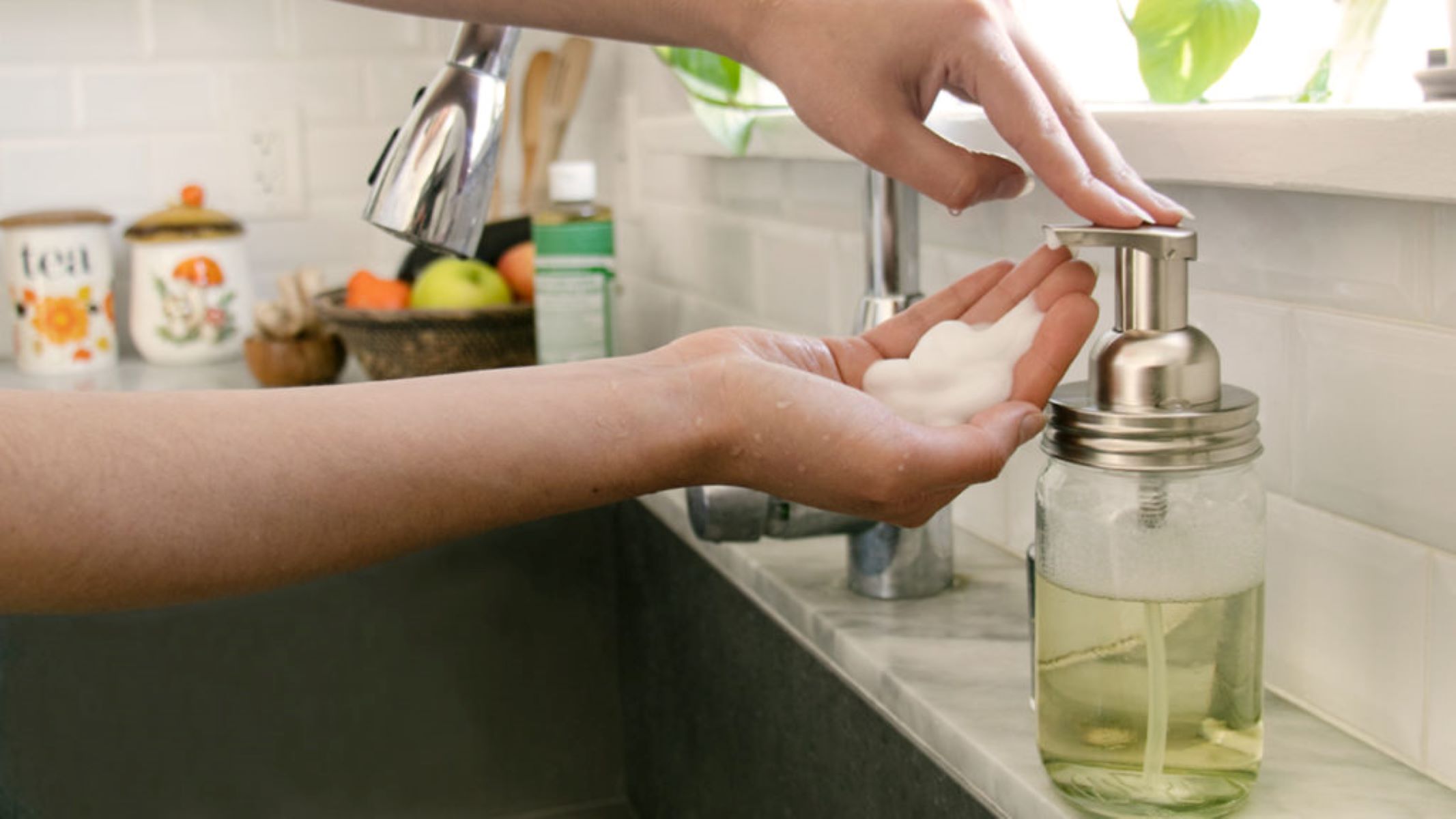
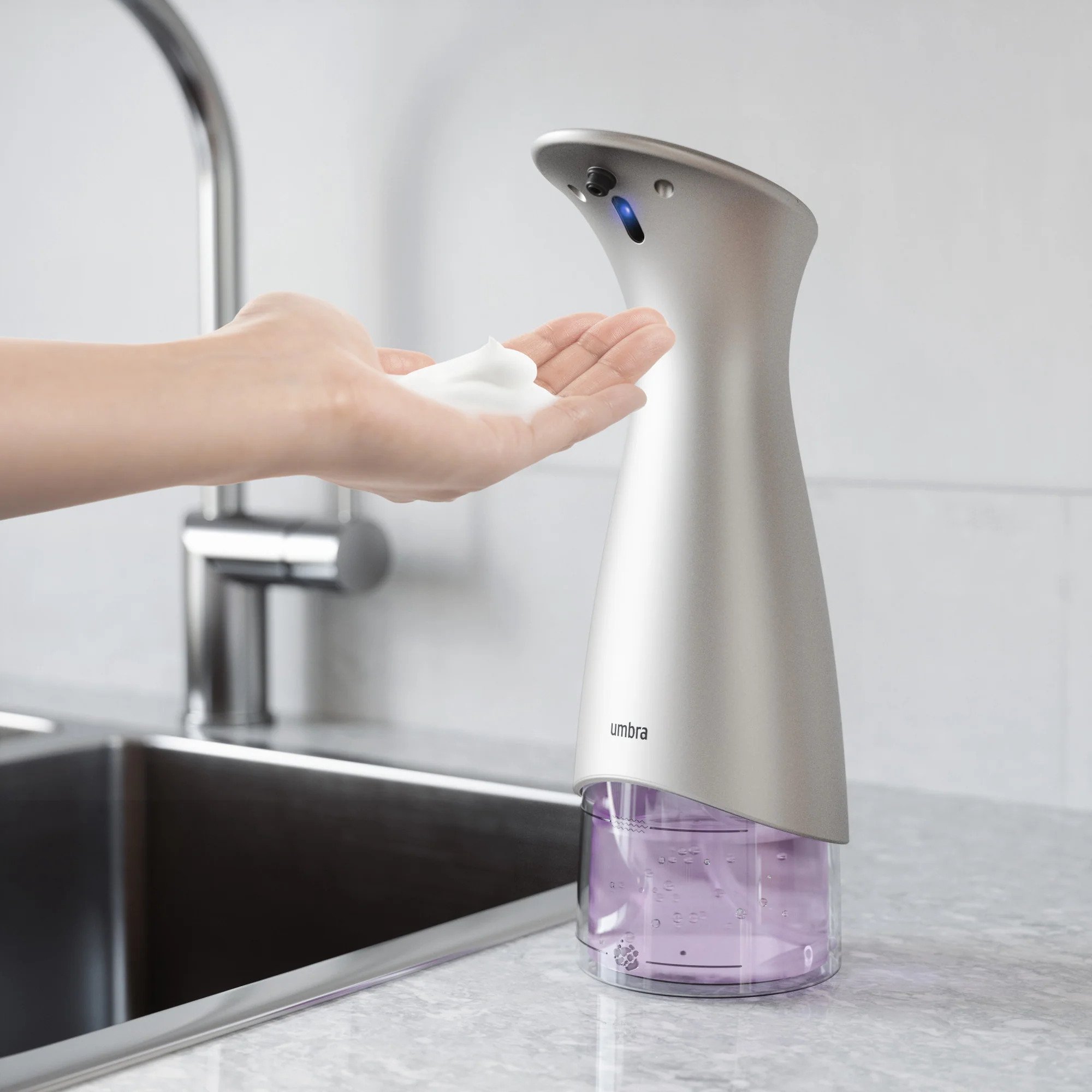
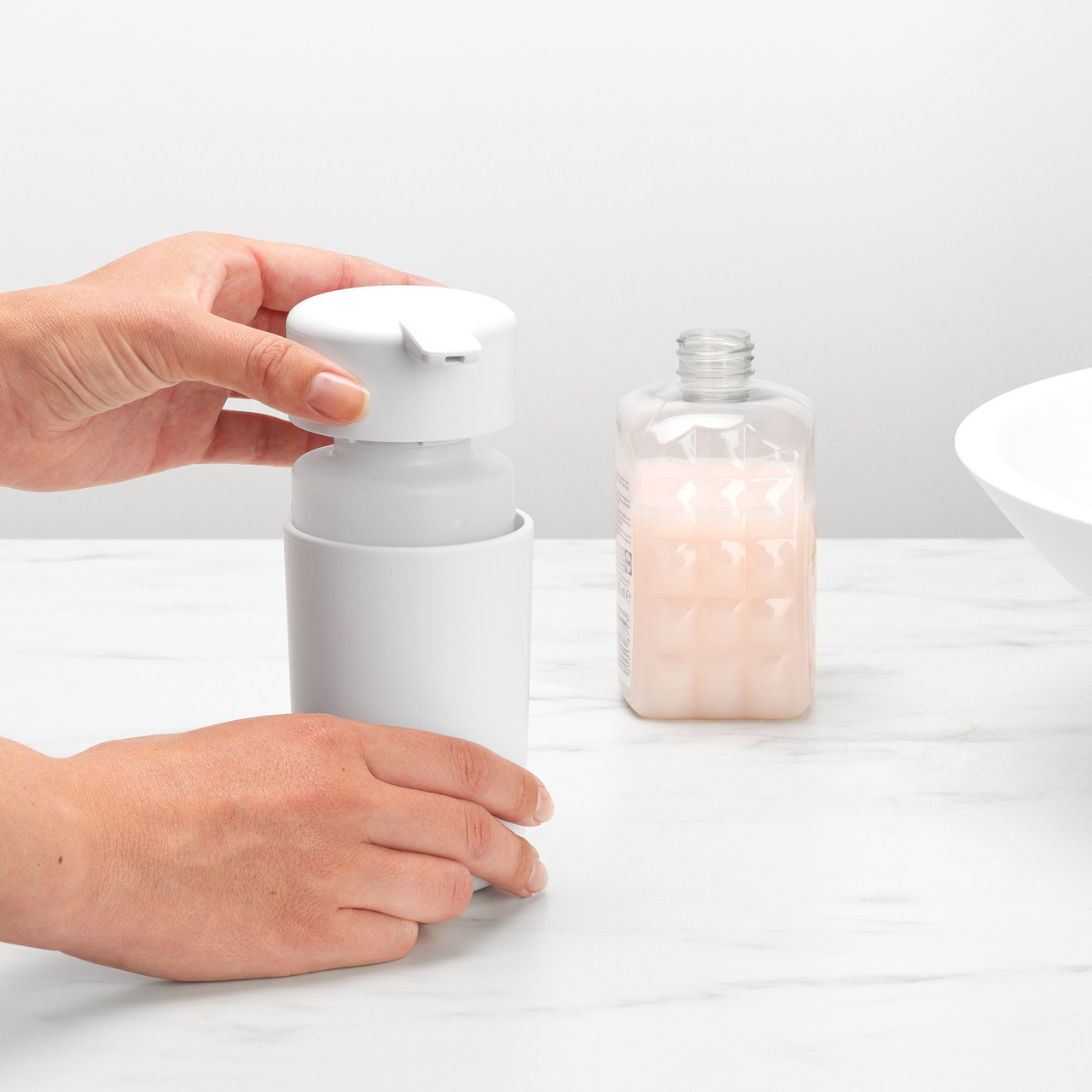

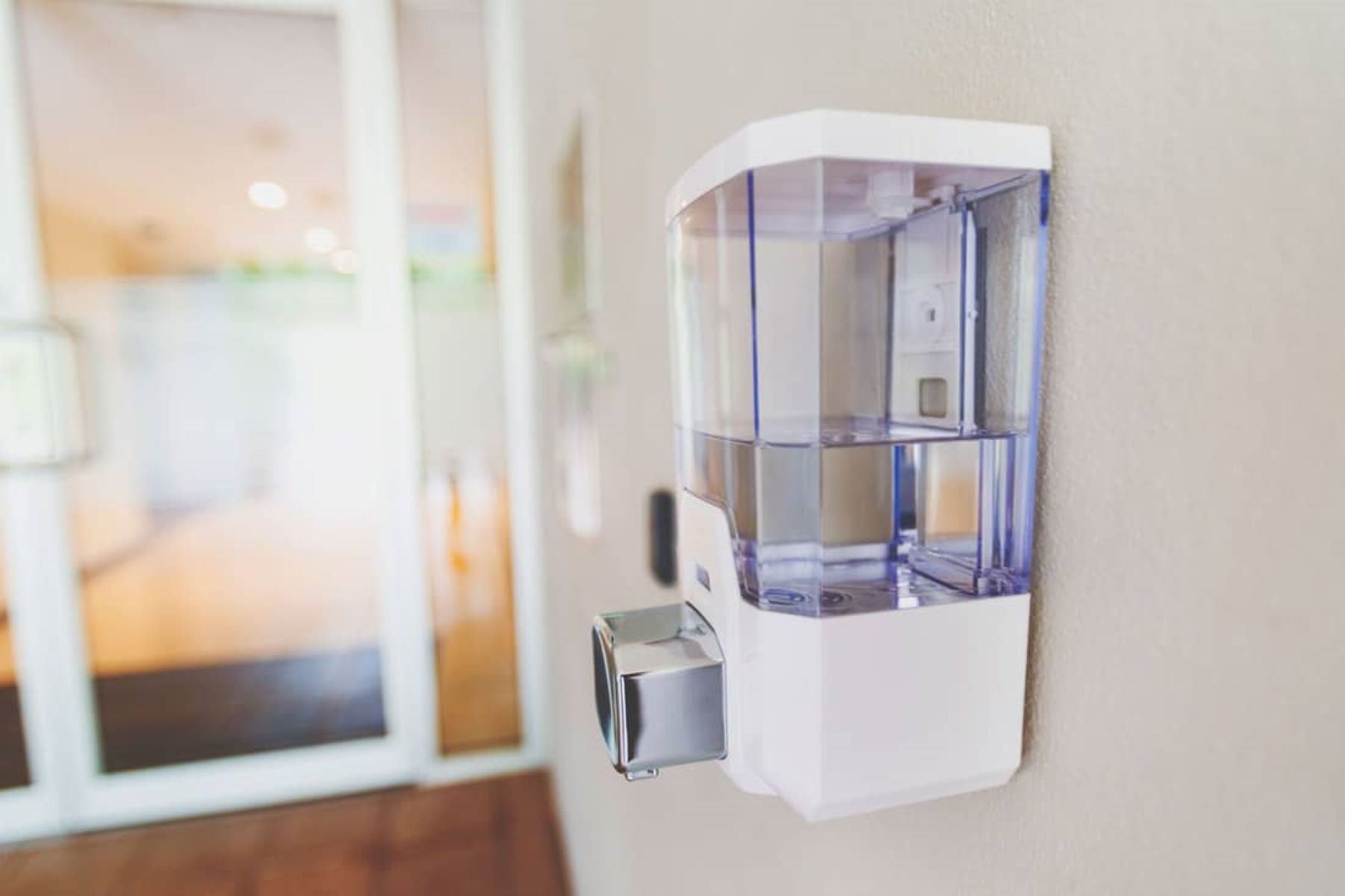
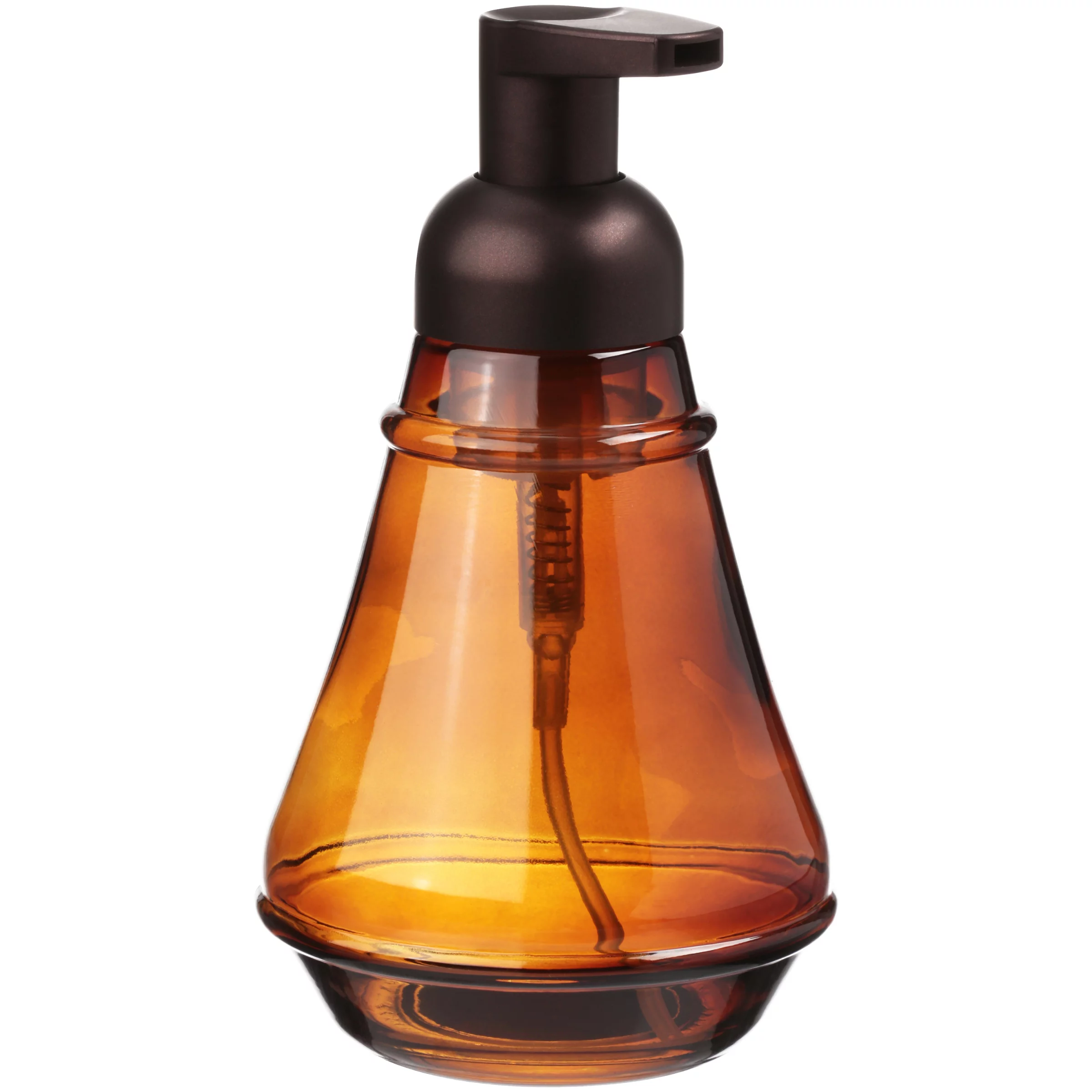
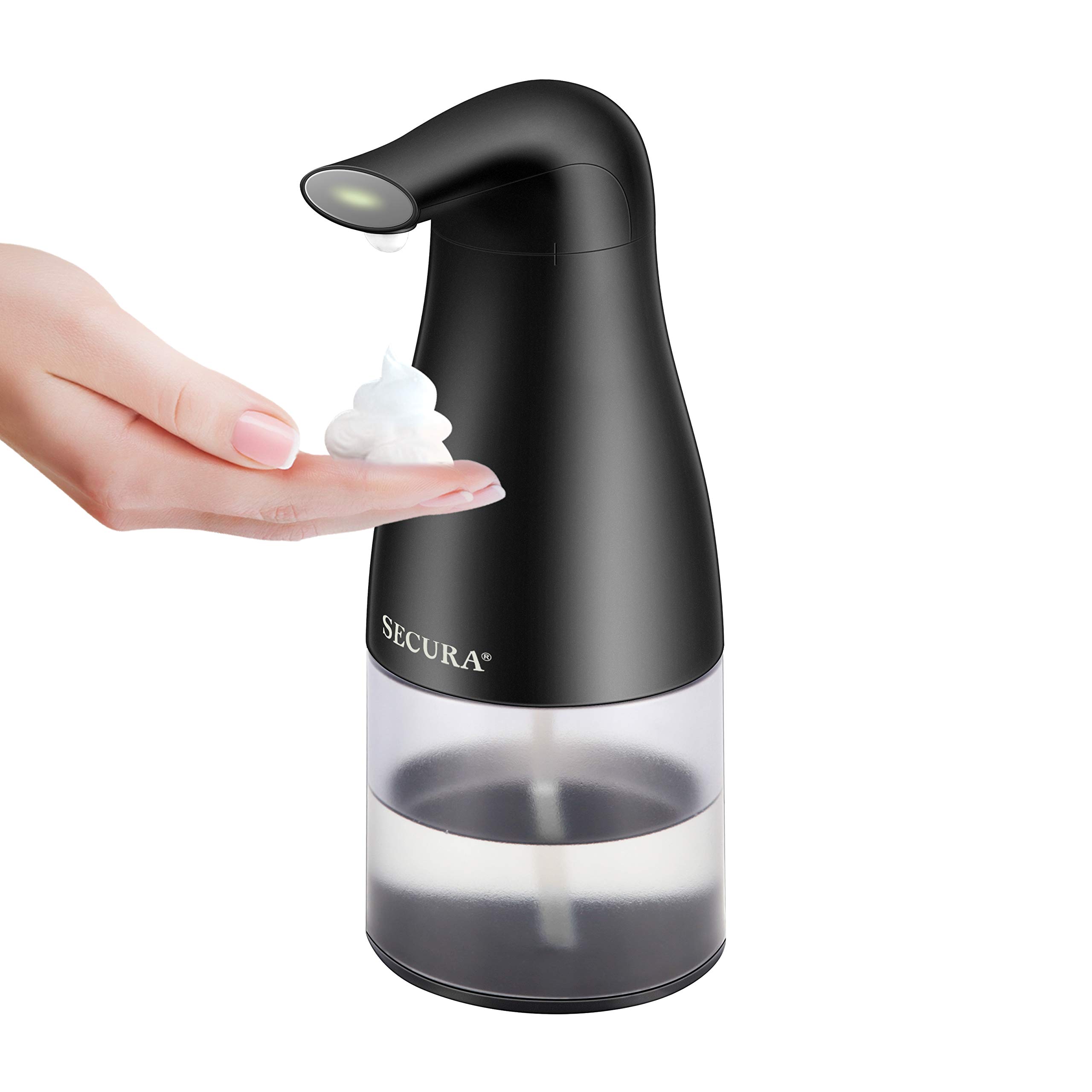
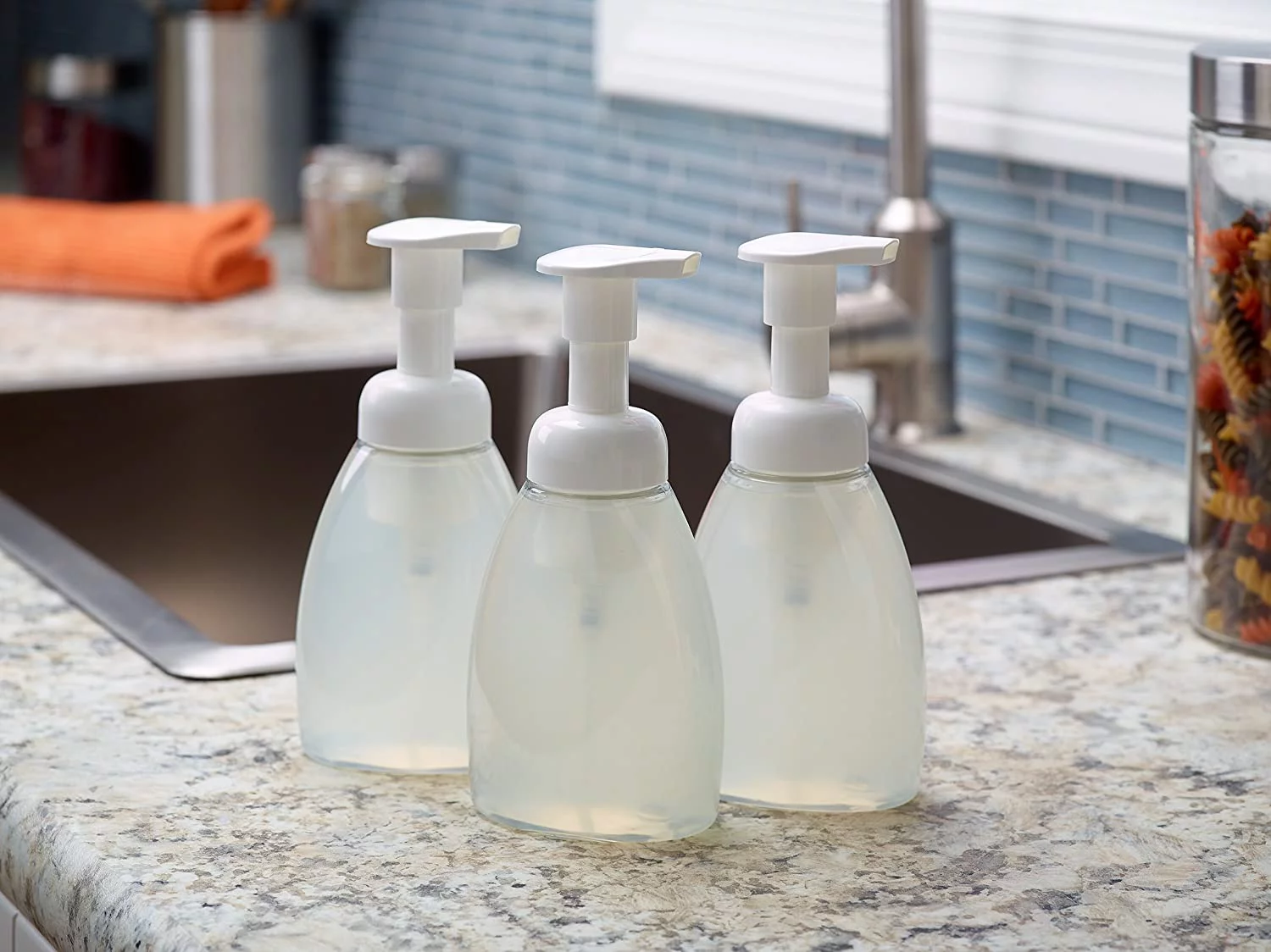
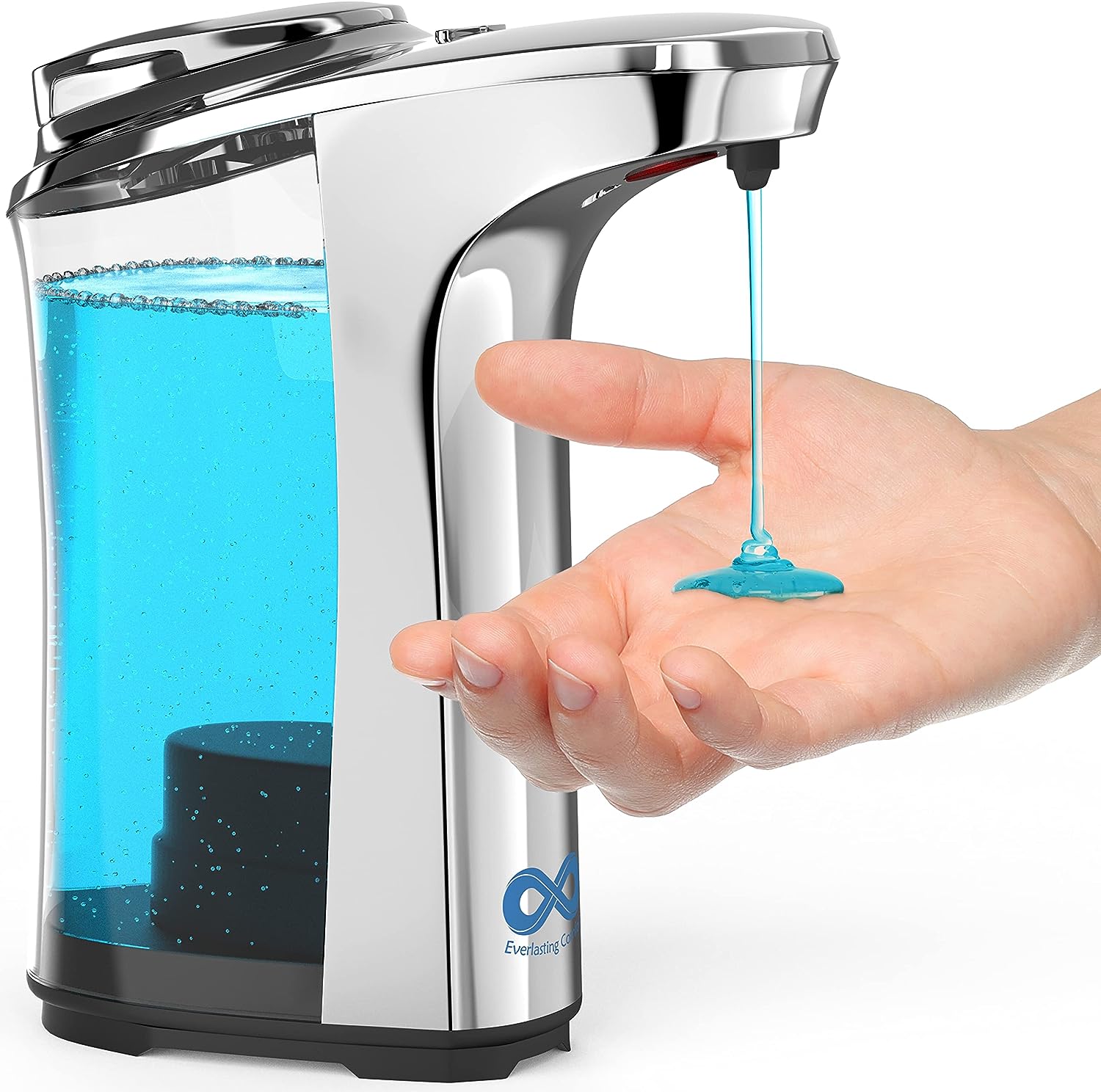
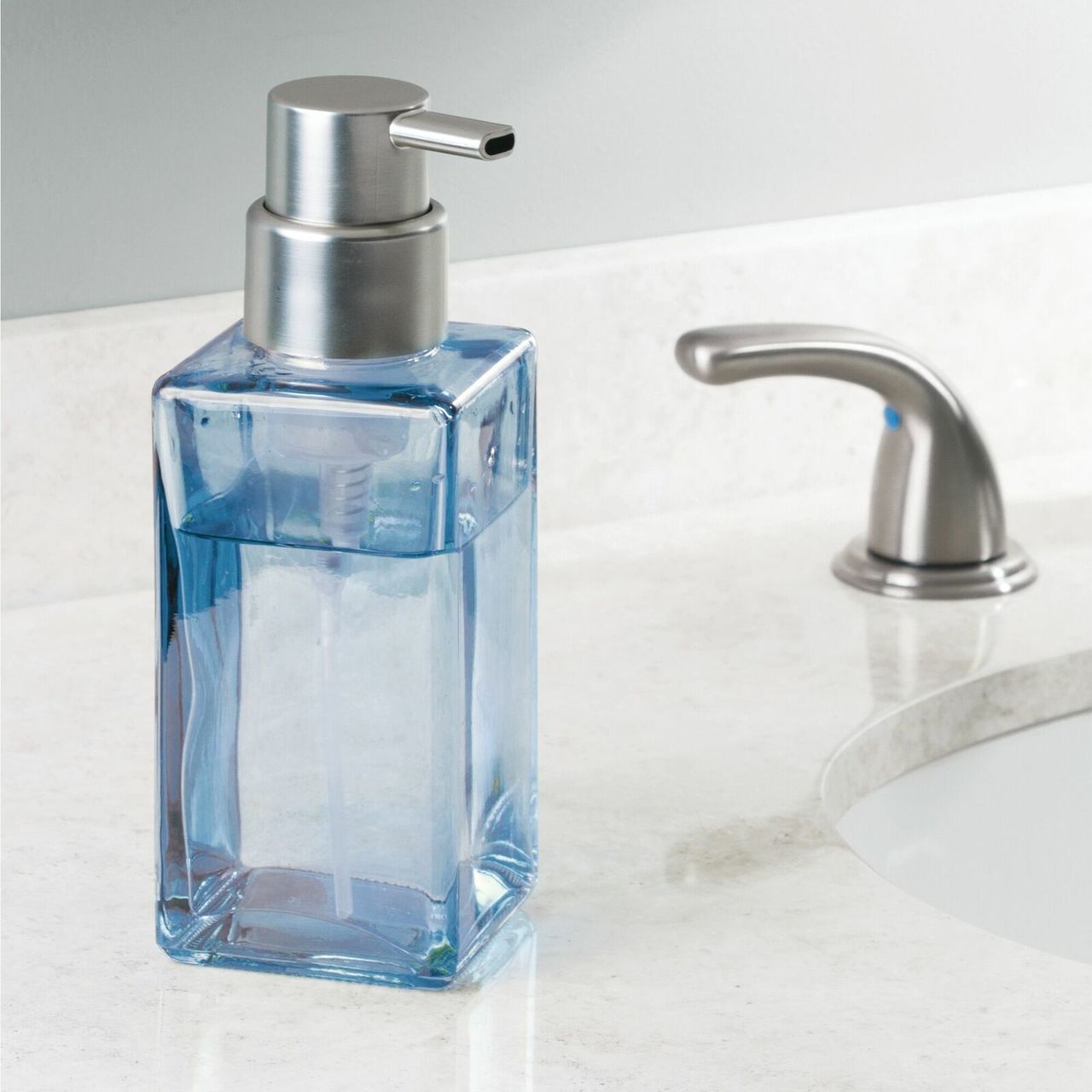

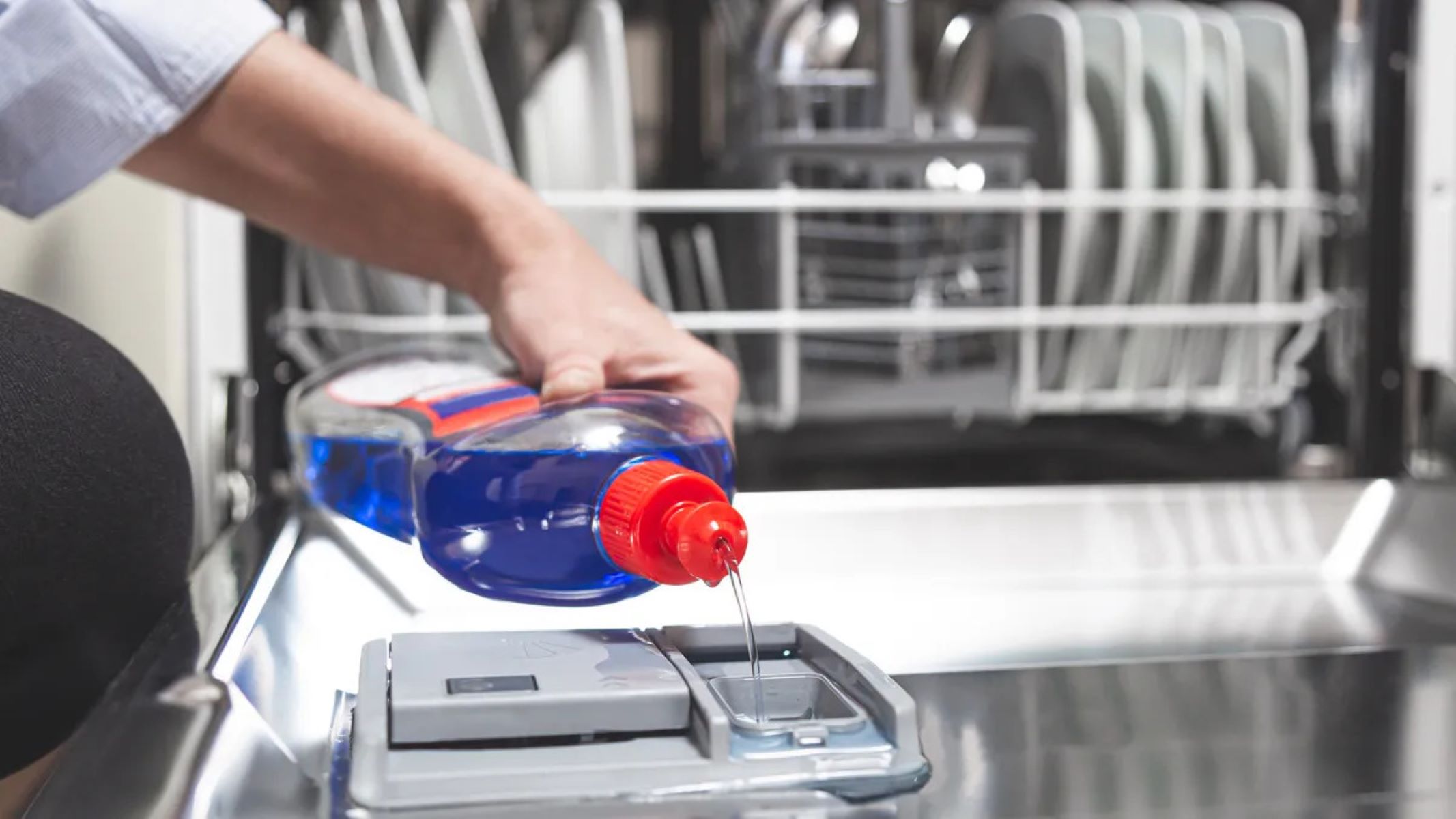
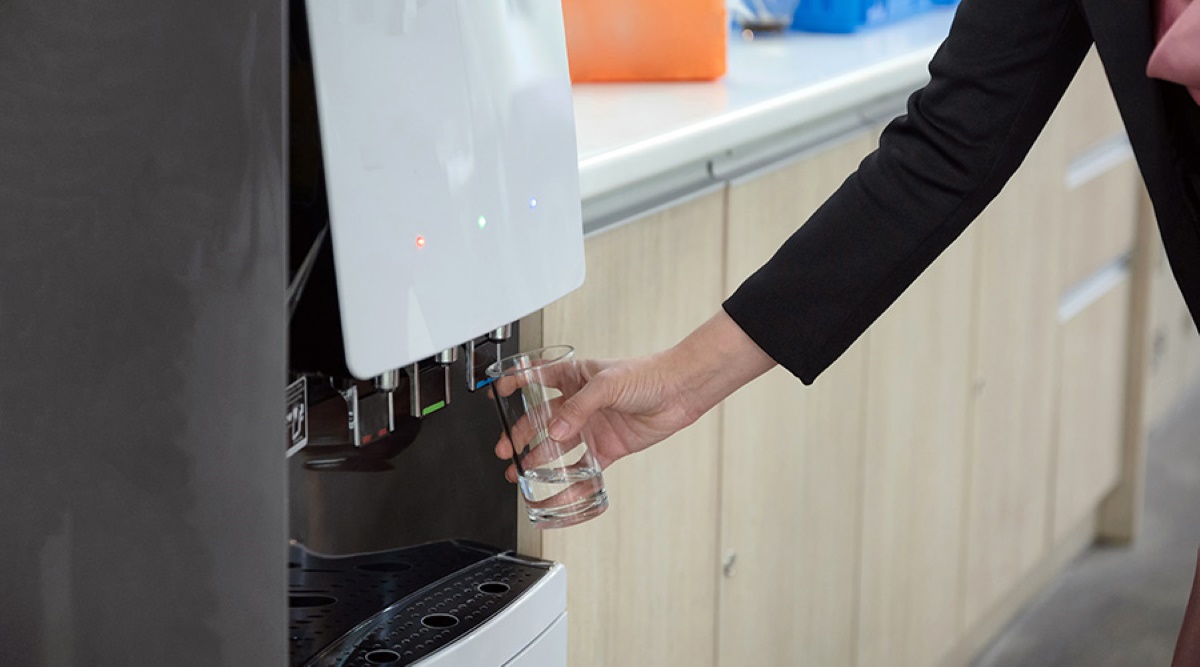
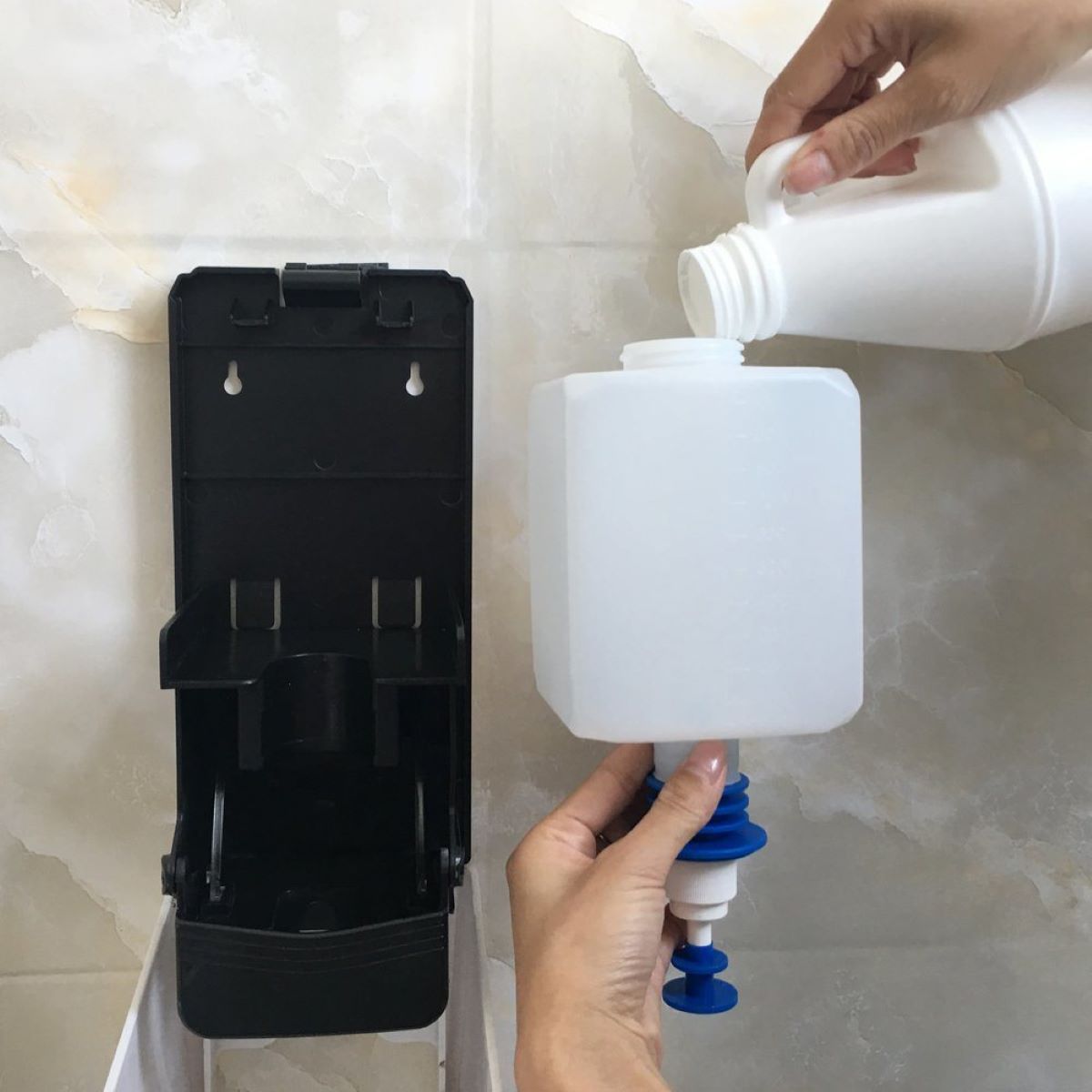

0 thoughts on “How Does Foam Soap Dispenser Work”